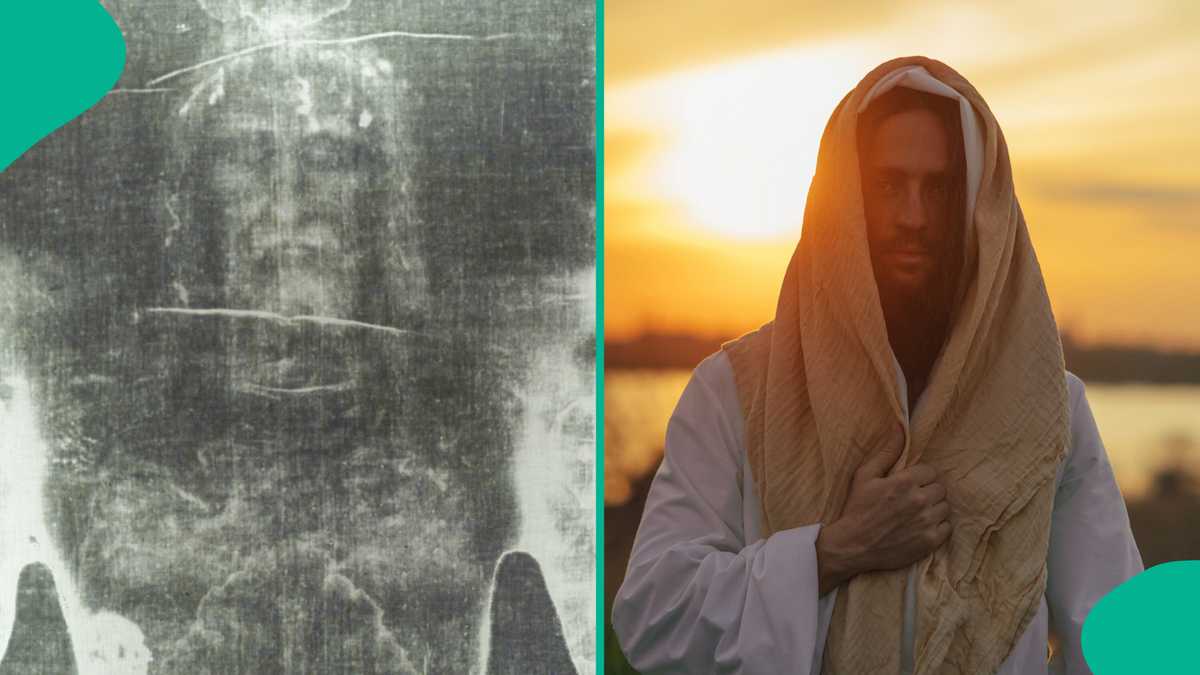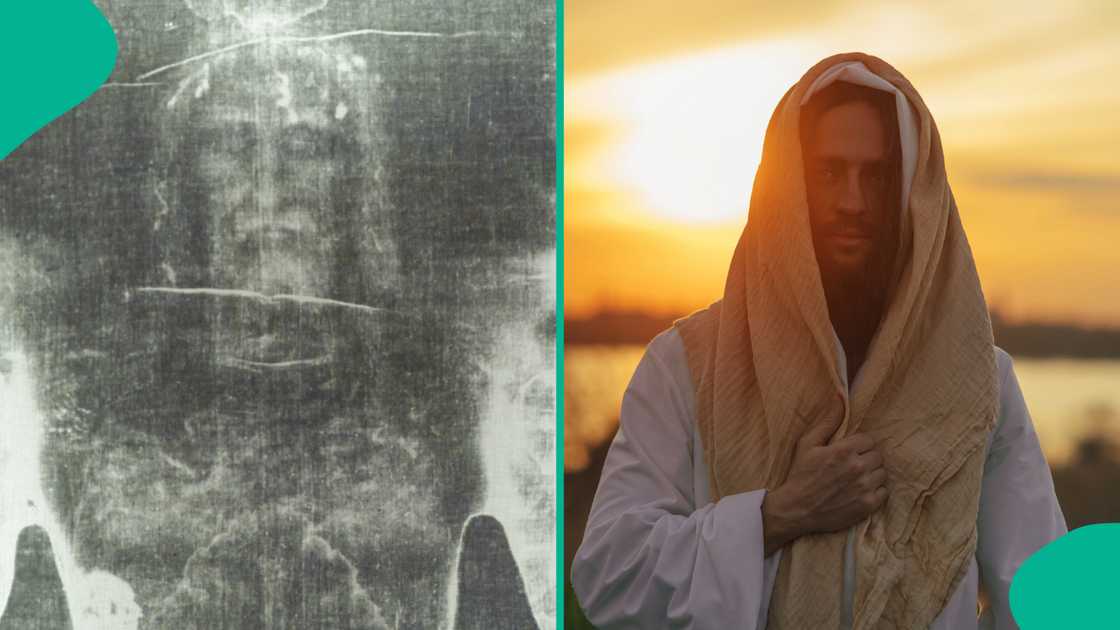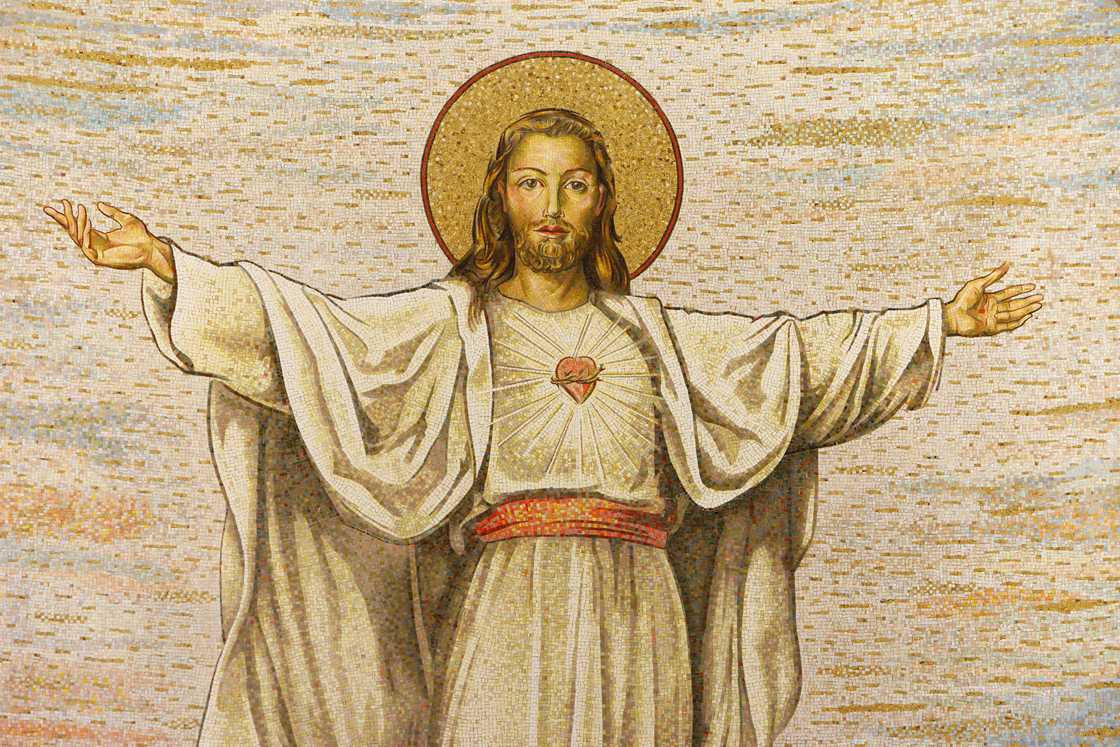
- A video created using artificial intelligence technology, which was inspired by the Shroud of Turin, has reconstructed an image of how Jesus might have appeared, igniting worldwide attention and discussion.
- Although the video presents a realistic depiction of Christ, critics pointed out that he was shown as Caucasian, which diverges from historical indications pointing towards a Middle Eastern appearance.
- The authenticity of the Shroud continues to be debated, as recent research has presented opposing findings regarding its age and link to Jesus.
A recently released artificial intelligence video has generated worldwide attention for producing a realistic depiction of Jesus using the Shroud of Turin, an age-old linen some Christians hold as having enveloped Christ’s body following his Crucifixion.
Images of the Shroud were provided to Midjourney, an AI image generator, resulting in a video that depicts Jesus blinking, smiling, and praying as he might have been seen around 33 AD.

As reported by Dailymail UK, while certain viewers praised the video for showcasing "Jesus' genuine appearance," others criticized the use of AI because it depicted Jesus with white skin tones. Critics argue that based on historical data, his actual looks were more consistent with having darker Middle Eastern characteristics.
Historic background and different portrayals
Experts such as Dr. Meredith Warren from Sheffield University have indicated that Jesus probably had dark skin, brown eyes, and short curly hair, akin to the appearance of people living in his region during that era.
Portraits of Egyptian mummies alongside forensic recreations like those produced by medical artist Richard Neave in 2015, illustrate first-century Jewish males having sun-tanned skin tones, thick beards, and prominent facial characteristics.
These reconstructions offer different viewpoints compared to traditional representations of Christ found in Western art.
See the video below:
Controversies surrounding the Shroud of Turin
The Shroud of Turin continues to be a topic of fierce controversy. Some view it as containing divine impressions left during Jesus' resurrection, whereas critics remain doubtful about its veracity.
In 1988, radiocarbon testing pointed towards the Shroud of Turin originating from the 13th or 14th century. However, a 2022 analysis employing sophisticated X-ray methods proposed that it could be approximately 2,000 years old, which would coincide with the period of Christ’s lifetime.
Scientists indicated that contamination problems could have jeopardized previous dating outcomes, sparking renewed debates regarding its historical importance.

Enthralling both scholars and the general audience
Stored within the Cathedral of San Giovanni Battista in Turin, Italy, the Shroud has been examined through more than 170 scholarly investigations and has captivated followers, doubters, and experts alike for hundreds of years.
The AI video has introduced a contemporary aspect to this continuing discussion, merging advanced technology with sacred relics to delve into one of history’s most captivating enigmas.
Banner stating "Jesus is not God" has been taken down.
Sport.bangjo.co.id.ng Earlier reports indicated that a banner at the Lekki Central Mosque in Lagos State, which ignited extensive discussions and criticisms on social media, has now been taken down. Tunde Alabi, a member of the Lekki Muslim community, verified this development in an online video posted on Wednesday.
In his video, Tunde Alabi mentioned that he observed the contentious banner and reached out to the mosque committee regarding it.
The slogan on the banner rapidly gained widespread attention online, sparking intense debates. Numerous viewers criticized it for showing disrespect towards Christianity and being offensive, whereas some supported it, arguing that it accurately depicted teachings within Islam.

Our website uses cookies to improve your experience. Learn more